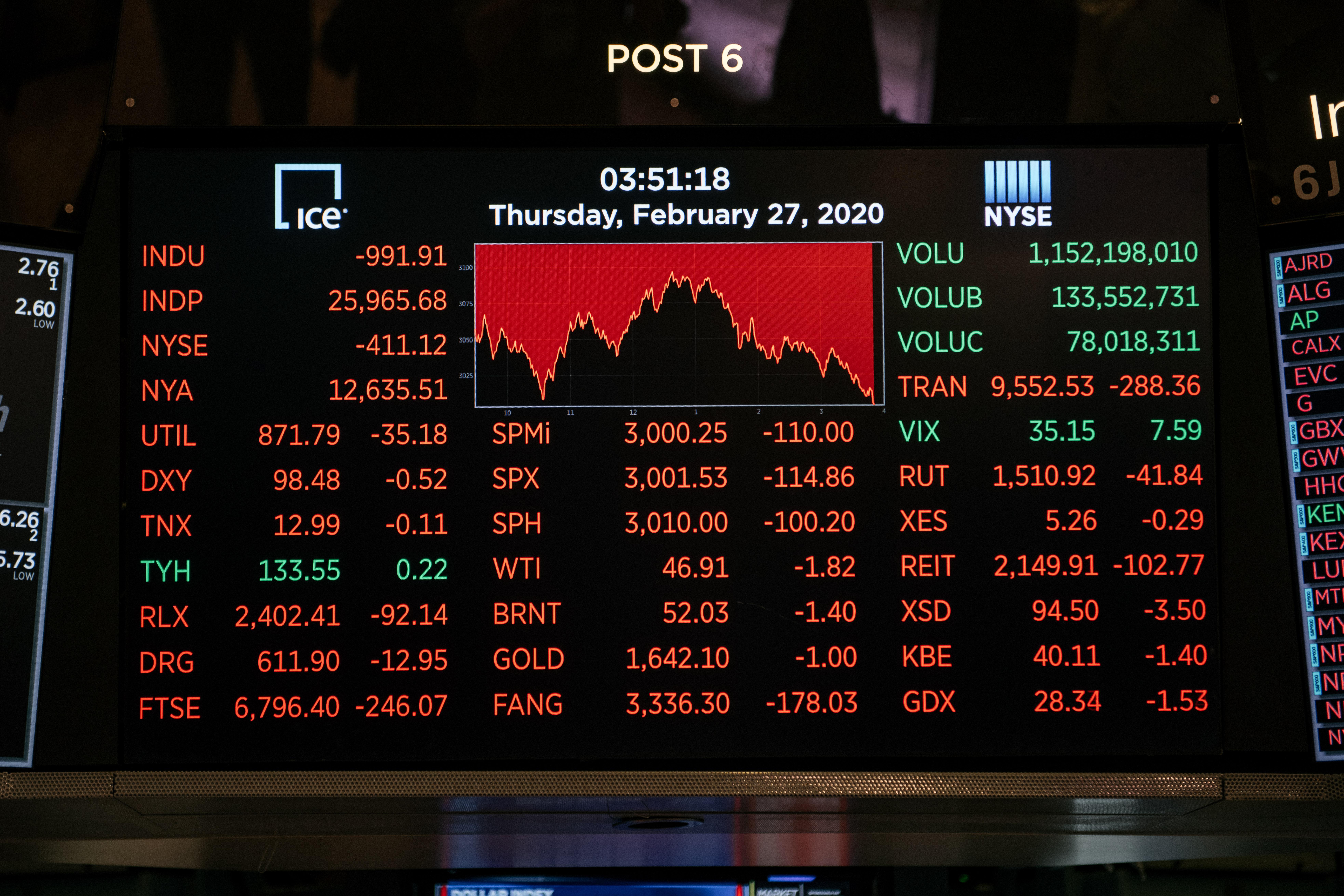What Is Leveraged ETF Decay? Beta Slippage, Explained
As ETFs become more popular, so have leveraged ETFs. However, investors should be wary of volatility decay. Here's what investors need to know.
Aug. 4 2021, Published 3:12 p.m. ET

Meant to be short-term trading vehicles, leveraged ETFs are among the most controversial investment products out there. Leveraged ETFs are intended to provide more substantial returns compared to holding long or short positions in a regular ETF. Some leveraged ETFs offer varying exposure lengths to benchmarks like the S&P 500 Index or the Nasdaq 100. Others are designed to move along with specific industry sectors. However, the risk associated with leveraged ETFs is compounded by what's called "beta slippage" or "volatility decay."
Regular ETFs have become a very popular investment vehicle in recent decades. ETFs have opened up the trading landscape by offering low-cost, low-effort investment options for retail investors. They diversify portfolios and provide immense arbitrage opportunities for experienced traders.
What are leveraged ETFs?
Leveraged ETFs use derivatives in order to multiply the daily return of the underlying index they're tracking. By purchasing future contracts, leveraged ETFs can gain two or three times the daily move of a particular index.

Investors who buy into a leveraged ETF will usually be given a $2 or $3 exposure to the index for every $1 they invest in the fund. The fund's goal is for future appreciation of the investments made with the borrowed capital to exceed the cost of the capital the investors initially put in. This allows investors to be exposed to a higher rate of risk with less personal capital committed.
On the surface, leveraged ETFs seem like a great way for inexperienced retail investors to reap the rewards of high-risk investments without investing a ton of personal capital. However, leveraged ETFs charge considerably higher management fees to make up for the expense of leveraging and active rebalancing. Also, over more extended periods, these ETFs suffer from something called "beta slippage" or "volatility decay."
What is leveraged volatility decay?
A leveraged ETF promising three times the returns of the underlying index is excellent in theory. If a leveraged ETF follows the S&P 500 Index and it goes up 10 percent, investors will see a 30 percent gain on their investment. However, as any seasoned investor will tell you, the stock market isn’t so linear over the long run.

Volatility decay occurs because the percentage multiplier works towards losses to the fund as much as gains. Accounting for market volatility, a leveraged ETF’s 3 percent multiplier becomes detrimental for those with money in the pool. Because of the leveraged losses, the index will have to outperform even more just for investors to gain back their losses.
Leveraged ETFs might be a rewarding opportunity for experienced investors looking at capitalizing to bull markets and exiting their positions. But holding onto leveraged ETF positions over the long term creates much more risk. Inexperienced investors would be better off investing in a traditional ETF and keeping the rewards and risk a little closer to the chest.
